Cat5 vs. Cat6 Differences | Which One To Choose?
Cat5 is now known as Cat5e
3 min. read
Updated on
Read our disclosure page to find out how can you help Windows Report sustain the editorial team. Read more
Key notes
- Ethernet cables come in different categories and colors, according to their specifications and capabilities.
- Cat5 and Cat6 cables are some of the best known, and we'll discuss what's the difference between them and which one is better.
- For an extensive collection of articles about cables, check out our Ethernet cables section.
- If you're looking for some accessories for your computer, our Accessories & Peripherals Hub will surely be helpful.
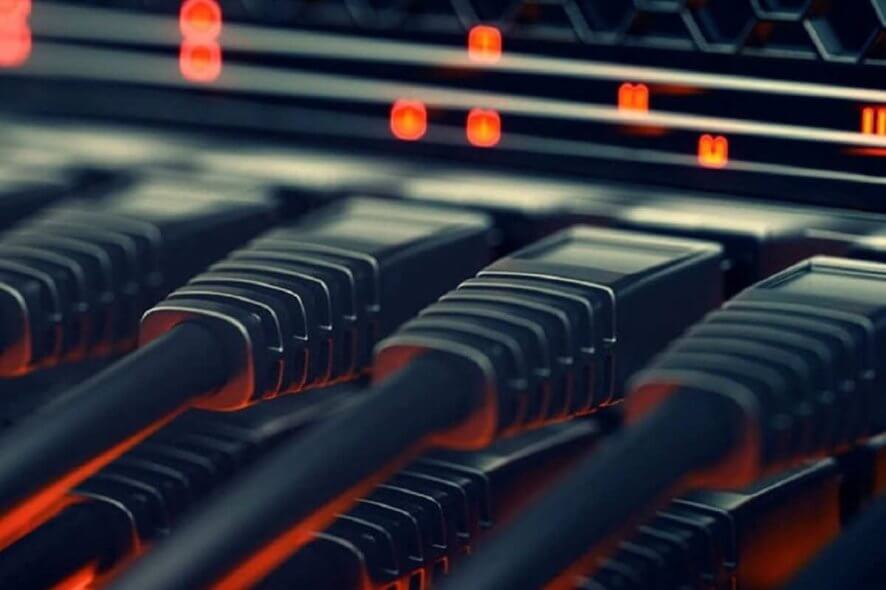
When it comes to computers, accessories and peripherals are just as important items as the main device itself. Choosing the right accessories, to be compatible with your machine and to serve your needs is essential.
With Ethernet cables, you might have noticed that they come in various numbers and colors. The Cat represents the category, while the numbers represent specifications and standards.
It can be confusing to have to choose between a Cat5 and a Cat5e cable, Cat 5e vs Cat 6, or between a Cat5 and a Cat6 cable. So keep reading to find out the difference between them and which one might be your best choice.
Is Cat5 or Cat6 better?
What are Cat5 cables?
Cat5 cables provided a maximum data transmission speed of 10/100 Mbps over distances of up to 100 meters, at a maximum bandwidth of 100 Mhz. This used to be known as Fast Ethernet.
Right now, the minimum Internet speed should actually be at least 1 Gbps, so using a Cat5 cable not only slows down the speed, but it’s also less reliable.
Are Cat5 obsolete in 2022?
So Cat5 cables are now obsolete and can’t be found anymore; some older deployments still use it, although they have been replaced by Cat5e cables.
Moreover, when referring to Cat5 Ethernet cables, most people actually mean the Cat5e.
What are Cat 6 cables?
In terms of performance, Cat6 cables can support up to 10 Gbps and frequencies of up to 250 MHz. They are equipped with thicker sheaths in comparison to Cat5e, which helps increase the Internet speed.
Though standard Cat6 cables support distances of up to 100 meters, in reality, they only reach 37-55 meters (for no interference at all) when transmitting 10 Gbps speeds. Anything beyond this bandwidth will rapidly decay to only 1 Gbps, the same as Cat5e.
Additionally, Cat6 cables use a plastic core through the middle of the cable to better insulate the internal wires, which also makes it more resistant in time.
Cat 5 vs Cat 6 – Which is better?
The general opinion is that there’s no good or right Ethernet cable and that the answer depends on what are you using it for.
Generally speaking, Cat5 Ethernet cables should be OK just for your home network. A Cat5 premium cable can be just as good as any successor cable type. But, as mentioned, it is very possible that you won’t find them on the market.
On the other hand, Cat6 cables are more suitable for small businesses where there’s a demand for not just fast Internet speeds but fast internal speeds. They reduce crosstalk (interference), but they are also more expensive.
We also have a dedicated article with a comparison on Cat 7 vs Cat 8 that you can check out for more info.
Now that you know more about the difference between the two, just go out and buy the best one for you.
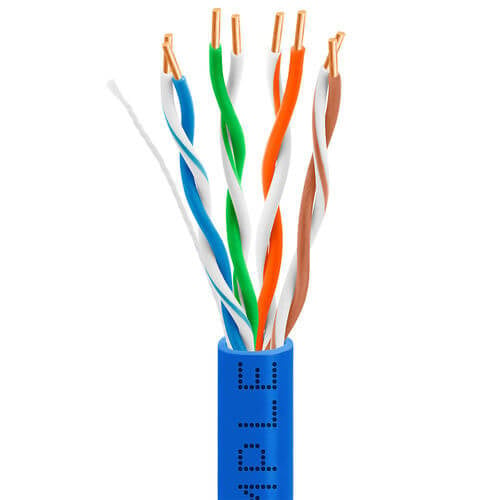
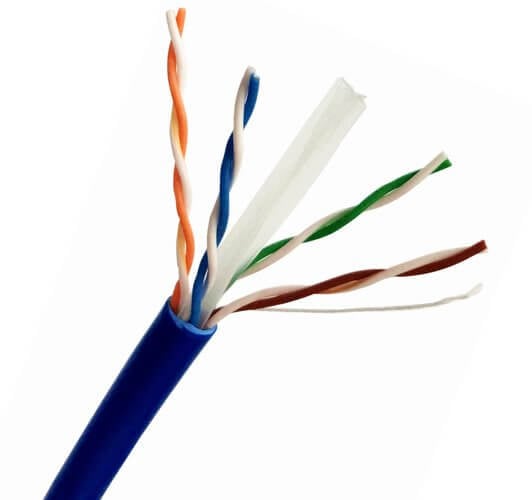
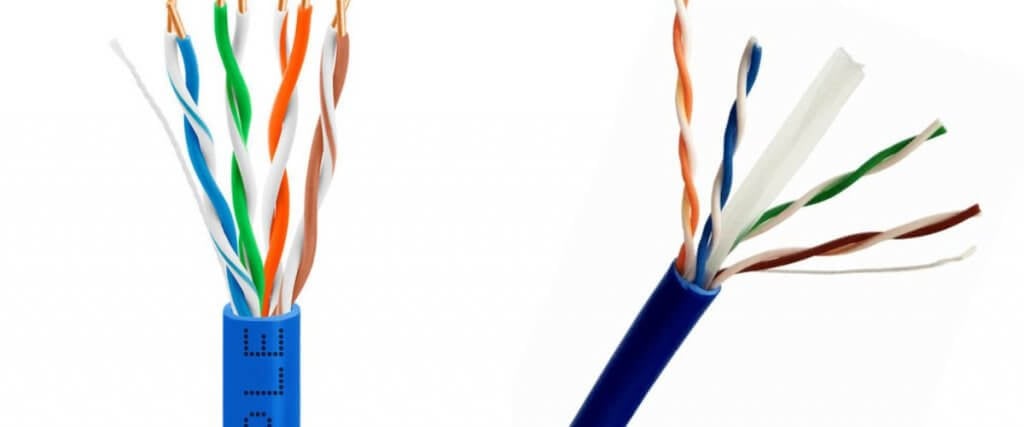
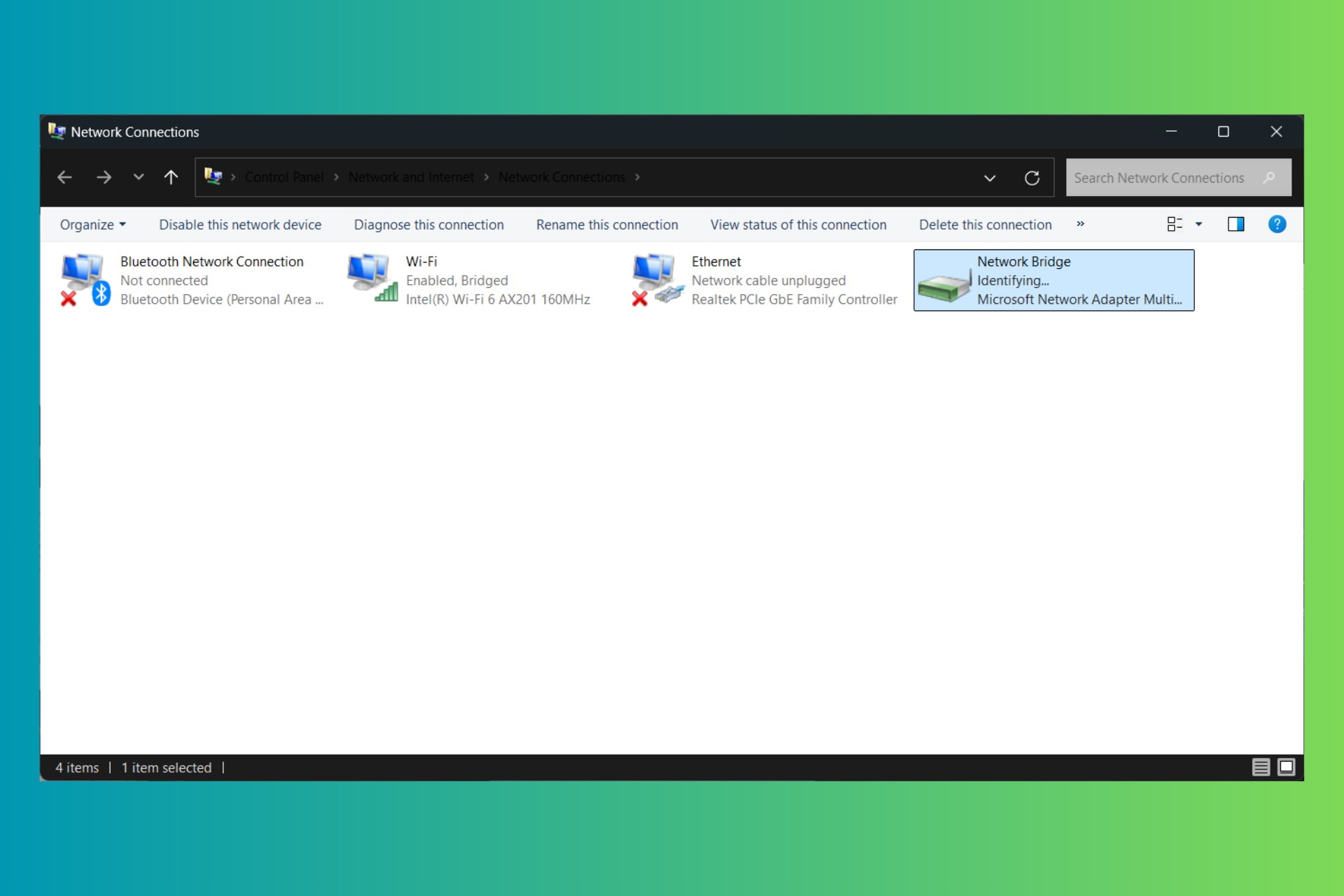


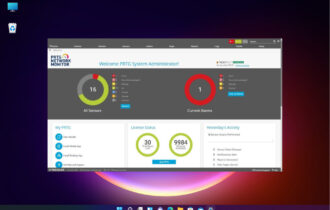
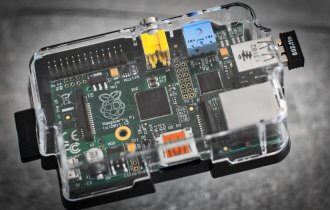


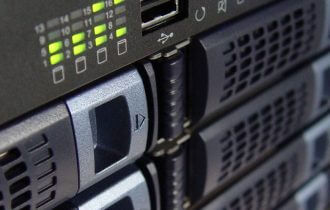

User forum
0 messages